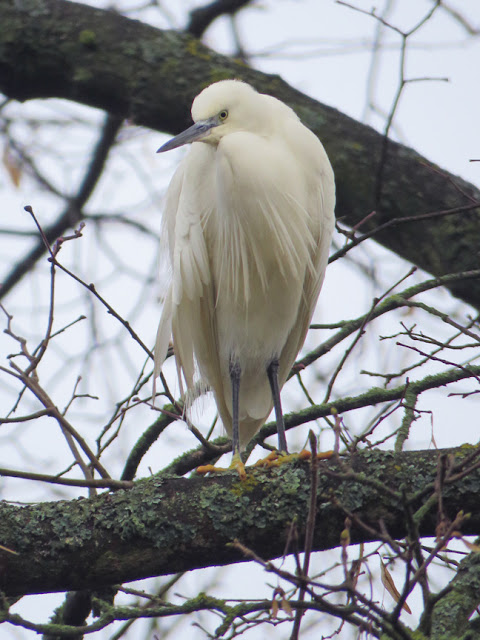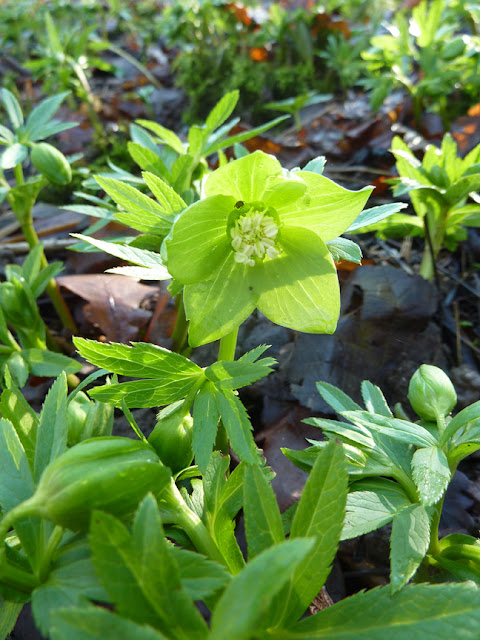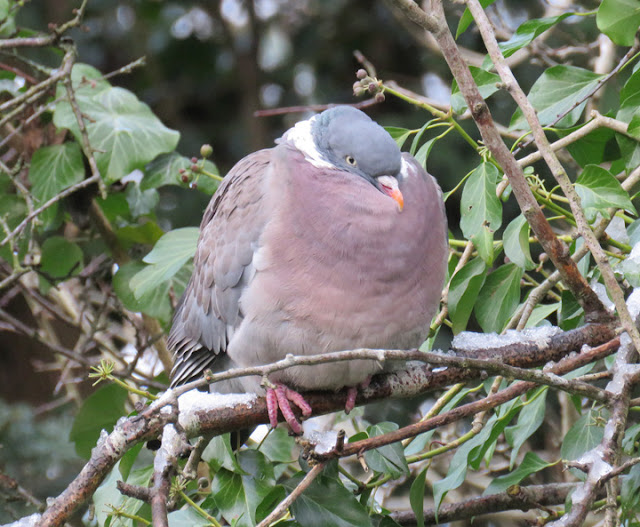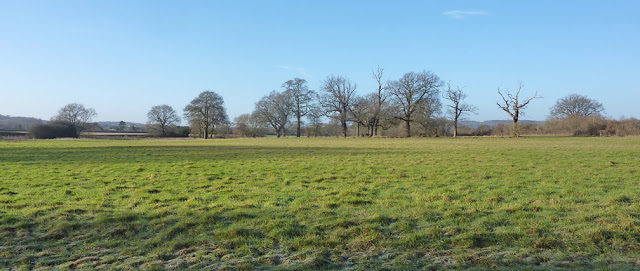A camera called Lazarus
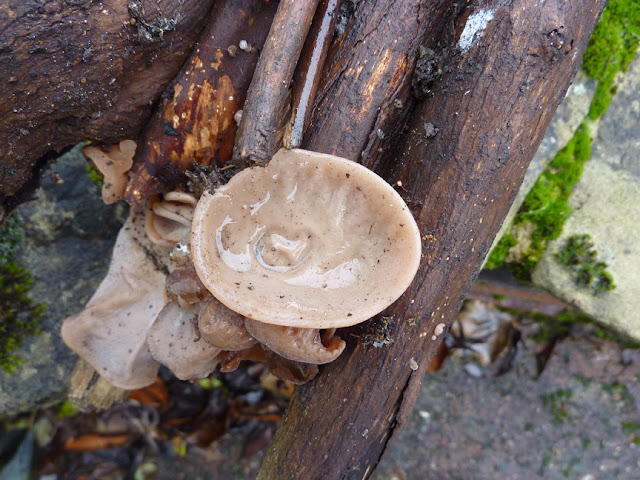
The Panasonic DMC-TZ7 came into my possession in April 2010 - it was during the time that the Icelandic volcano Eyjafjallajokull was sending ash up into the atmosphere and cancelling flights across the UK. That has absolutely no relevance to my purchase, but gives you, the reader, a flavour of what was happening at the time (ash flavour, as it goes). In those seven years it has performed admirably, and has the best macro facility on any compact camera that I have seen. Its small size means that it can comfortably fit into a pocket and be carried effortlessly around chalk downland, up hills, through woods and across shingle. But it has tried to leave me three times now... ONE I was sea watching alone one early May morning at Dungeness, stood outside of the first hide. It was quiet, so I walked up to the patch hide (some 300m along the beach) to spend a bit of time looking through the gulls and terns that were feeding at the power station's water outfall. After an hour I decided t


